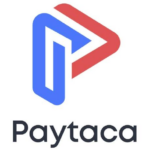In this post, I will talk about the Top Layer 3 projects that are pushing blockchain speed and power to new heights.
These tools sit on top of Layer 2 solutions, giving users faster speeds, cheaper fees, and extra features.
Whether your passion is gaming, the metaverse, or smarter contracts, Layer 3 is already steering the next wave of everyday dapps and real-world blockchain use.
Key Point & Top Layer 3 Projects
| Project | Key Point |
|---|---|
| Banger | A gaming platform focused on rewards and decentralized esports features. |
| Derby Stars | A horse racing metaverse game integrating NFT breeding and Layer 3 tools. |
| VulcanVerse | An immersive 3D MMORPG built with blockchain tools and land ownership. |
| Affyn | Geo-based metaverse integrating real-world locations and mobile gameplay. |
| Flare | Provides smart contract capabilities to Layer 1 and Layer 2 blockchains. |
| Xai Games | Decentralized gaming Layer 3 using Arbitrum Orbit to scale game economies. |
| Degen | Community-driven ecosystem focused on Layer 3 social and meme interactions. |
| Cartesi | Enables mainstream software to run as Layer 3 dApps on blockchains. |
| Orbs | Enhances Layer 1 and 2 chains with Layer 3 infrastructure and automation. |
1. Banger
Banger is an up-and-coming Web3 gaming center that revolves around play-to-earn (P2E) rules, giving players real rewards for moments spent in PUBG, Counter-Strike, and more.
The platform leans on blockchain so every item exists as an NFT, meaning you can pull your gear from one title and drop it into another without hassle.

Inside Banger youll find automatic Smart Tournaments, a Battle Pass, and a built-in anti-cheat watch dog, all paying out in Banger Coins or fresh NFTs.
Publishers can also use its SDK to sprinkle P2E features into traditional games, opening a new money stream without going full crypto.
With major esports teams on board, Banger hopes to ride the $88 billion P2E wave that analysts expect by 2028, though its still in beta and might stumble under heavy traffic.
Banger
- Play to earn: Complete quests and tournaments to snag tokens and NFTs.
- One hub, many games: Jump between titles on a single competitive stage.
- Fair play first: Blockchain proofs block cheaters.
- Fast and cheap: Layer 3 tech keeps fees low and speed high.
2. Derby Stars
Derby Stars is a horse-racing game hosted on the Polygon chain, mixing the thrill of turf meets with NFT ownership so players can breed, train, and race virtual steeds in a shared metaverse.
Its economy runs on two tokens, RUN for everyday activity and CRT for staking, giving fans plenty of ways to earn while keeping inflation in check.
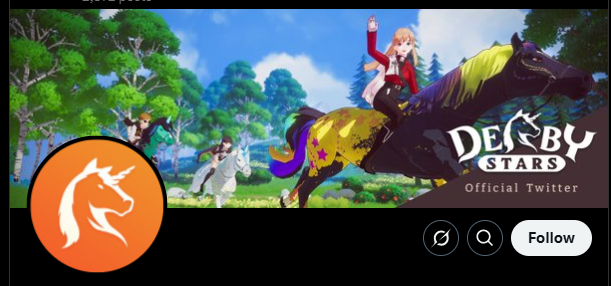
Because Polygon charges tiny fees, Derby Stars loads quickly and costs almost nothing to play, a big plus for newcomers and investors alike. Community comes first: regular tournaments and a contributor plan hand out roughly 1.2 million $DSRUN tokens to anyone adding value.
Though collectors see echoes of Axie Infinity in its art style and setup, Derby Stars stays in its niche, which could either cap its audience or help it stand out. Overall, the project sits in a promising lane within P2E gaming and shows signs of steady growth.
Derby Stars
- Own your horse: Each NFT is a unique racer you can breed.
- Real-time races: Join live multiplayer contests on-chain.
- Win and trade: Success on the track rewards you with crypto.
- Built for crowds: Layer 3 handles tons of action with little lag.
3. VulcanVerse
VulcanVerse, part of the larger Vulcan Forged family, is an open-world MMORPG running on Ethereum. Players trade virtual land and items as NFTs and take on quests, fight, and swap loot with two tokens.
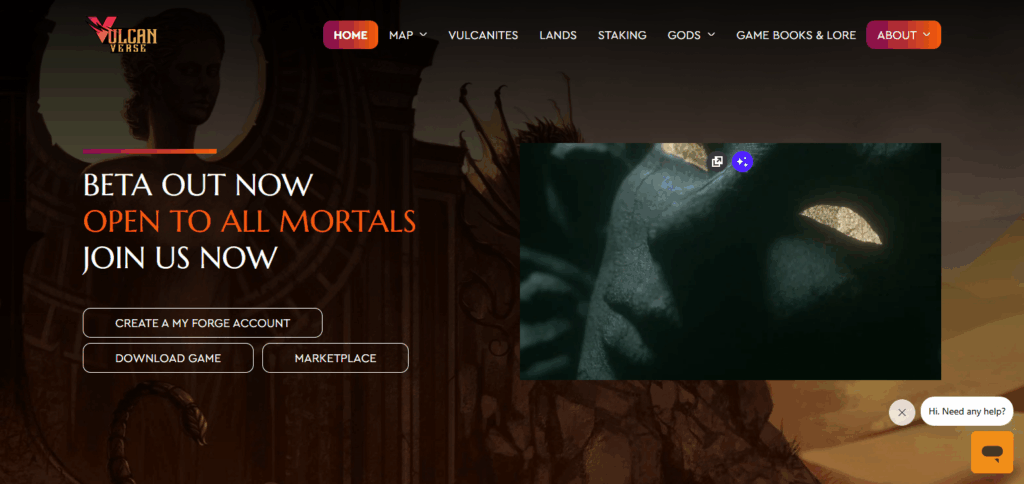
PYR acts as the governance and staking coin, while LAVA rewards players for in-game jobs. Fantasy writers built the games deep lore, pulling you into a living story with every session. The Vulcan ecosystem also features Vulcan Runner and Agora, a gas-free NFT art market.
After a hack in 2021, the project bounced back and remains busy on DappRadar. Its dual-token setup and Elysium chain keep costs low, although ETH gas fees still scare off some newcomers. Overall, VulcanVerse shows that true ownership can exist in Web3 gaming.
VulcanVerse
- Land as NFTs: Purchase, lease, or develop pixel plots.
- A living world: Follow lore, complete quests, and shape the land.
- Seamless play: Layer 3 makes gatherings and trades smooth.
- Token-powered economy: Everything runs on a native crypto.
4. Affyn
Affyn is a blockchain-based metaverse that lets players enjoy a free, location-driven mobile adventure in augmented reality. Inside the game, you collect NFT Buddies that can change over time and hop between different titles.
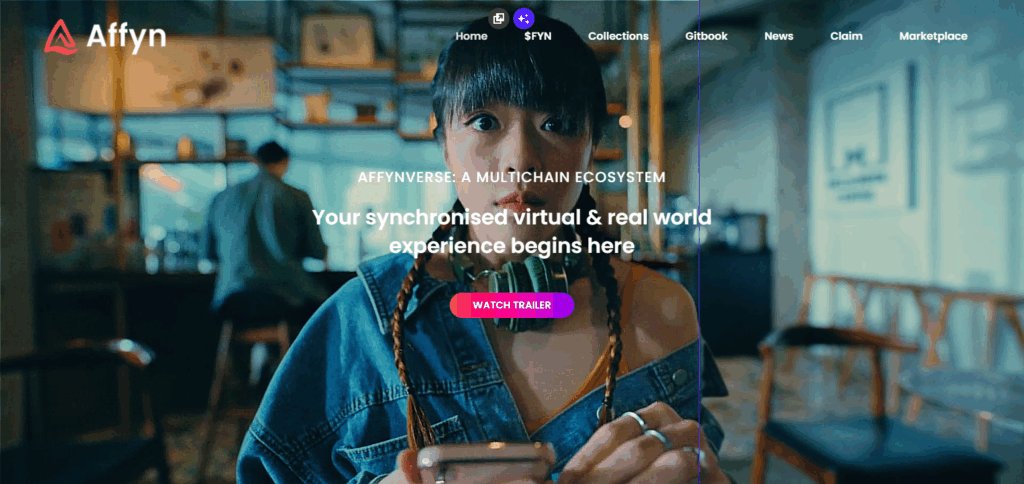
The NEXUS map turns real streets- starting with 2000 plots in Singapore- into tradable land that rewards owners when explorers pass by. Holding FYN tokens opens special bonuses that add another layer to the play-to-earn loop.
Built by veterans from EA and Ubisoft, the team aims to deliver polish and fun. Its AR twist recalls Pokémon GOs $5 billion success, though GPS-only play could lock out some would-be adventurers. By mixing the real and digital worlds, Affyn positions itself as a front-runner in the Web3 game scene.
Affyn
- Explore your city: NEXUS World turns streets into game maps.
- Buddies in your pocket: Collect AR heroes for battles and trades.
- Designed for phones: Every feature fits in your hand.
- Speedy location actions: Layer 3 keeps geolocation moves cheap.
5. Flare
Flare acts as a Layer-1 chain that hints at Layer-3 power, letting outside data touch the block through tough, trusted oracles. It backs DeFi, NFTs, and small apps while keeping speed high and staying friendly with Ethereums code, so builders pay attention.

Because prices, weather reports, or any live feed sit on-chain the moment they happen, apps can respond in real time. Cross-chain movement works without the usual token bridge thanks to Flare’s spread-out, secure method, which tries to fix the ongoing puzzle of chains talking.
Its easy-dev-tools and solid back end shine, yet giants such as Ethereum still cast long shadows. A road map focused on data-first use cases could push Flare into bigger markets by 2025.
Flare
- Bridge contracts: Bring code logic to simple chains.
- Decentralized oracles: Secure real-world data brought on-chain through the FTSO.
- Interoperability: Let Bitcoin, XRP, and other chains talk to each other.
- State Connector protocol: Move assets and commands without a trusted middleman.
6. Xai Games
Xai Games sits on Arbitrum as a Layer-3 network built just for Web3 play, cutting fees and lag to the bone. That speed let players own swords, skins, or rare pets and swap them in seconds. The XAI token pays gas and rolls into the economy of titles like Axie Infinity.
Thanks to Offchain Labs backing, the wallet setup runs smoothly, letting fans glide between standard games and crypto worlds.
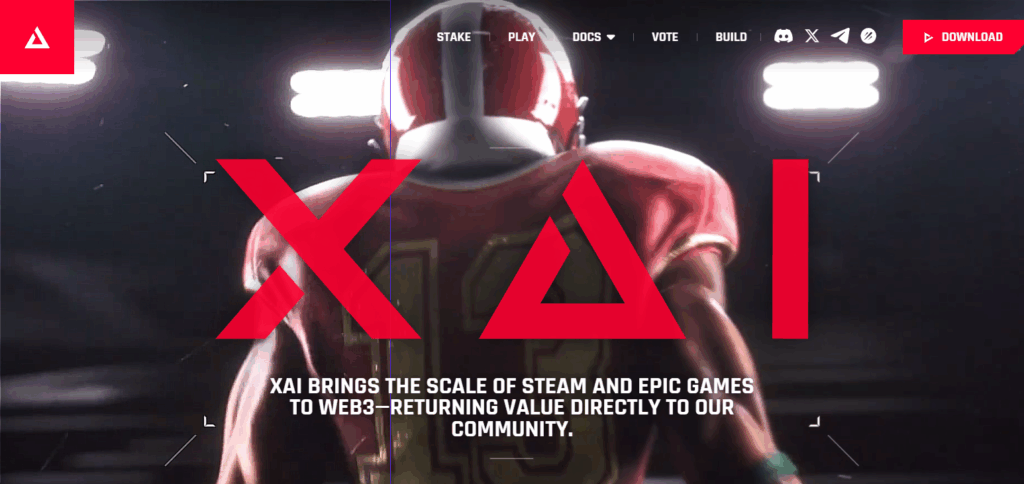
Even though the tokens price is stuck around $0.08318 in the bear mood, the clear focus on making on-ramps wide and microtransactions tiny keeps new players coming.
Eyes now watch the $0.10 to $0.12 zone for signs that the sell pressure is easing. If the trend flips, Xai could stamp its name on the next wave of blockchain gaming.
Xai Games
- Arbitrum Orbit-powered: Runs on a fast Layer 3 network that eases congestion.
- Developer-friendly tools: Drag-and-drop SDK turns ideas into Web3 games.
- NFT game assets: Skins, tokens, and boosters players can buy, sell, or swap.
- Fast, low-cost transactions: Moves pennies-at-a-time yet stays ready for big combos.
7. Degen
Degen runs as a Layer-3 chain built on both Base and Arbitrum Orbit, offering speedy, wallet-friendly block space for games and NFT projects. It went live in January 2024, and holders now earn DEGEN tokens for showing up on Farcaster, staking, and voting on changes.
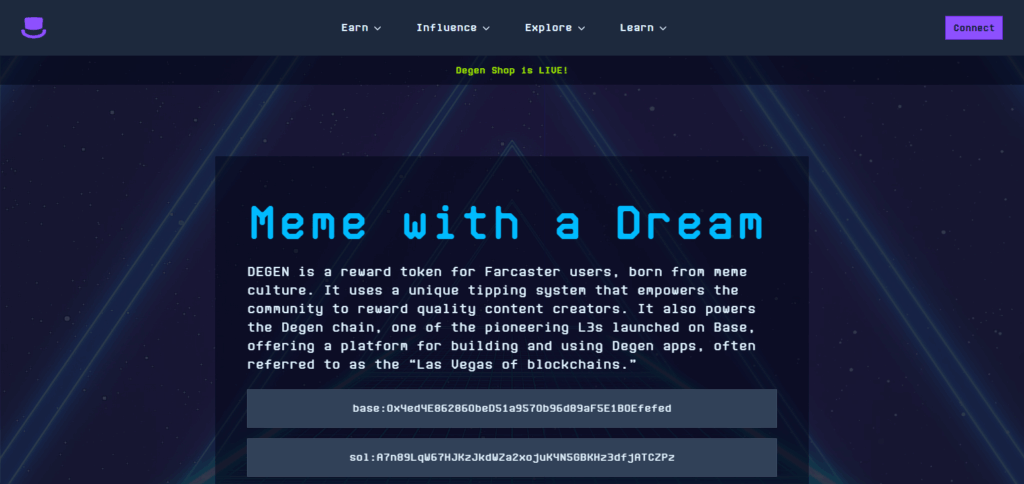
The chain also powers tiny tips and other micro payments that bring SocialFi feel to everyday social apps. While the price slid from $0.03, the coins $26.39 million market cap still points to room for upside.
Broad bridges to Layer-1 and Layer-2 chains keep the project flexible, yet its narrow focus on play and share may stop it from going mainstream. With tools built for creators and players alike, Degen looks like a fast-rising name in the worlds of decentralized gaming and social networks.
Degen
- Social token economy: Fans earn, spend, and tip with \$DEGEN coins.
- Built on Farcaster: A social layer that pays creators in crypto.
- Low-fee Layer 3 platform: Tiny charges let chatrooms act like storefronts.
- Community governance: Holders vote on updates and fund new ideas.
8. Cartesi
Cartesi serves as a Layer-2 backbone that hosts Layer-3 modules, letting coders lean on Linux and everyday programming languages when building dApps. Computational heavy-lifting runs off-chain, pushing fees down and freeing the main network, so the bridge between web servers and block explorers stays solid.
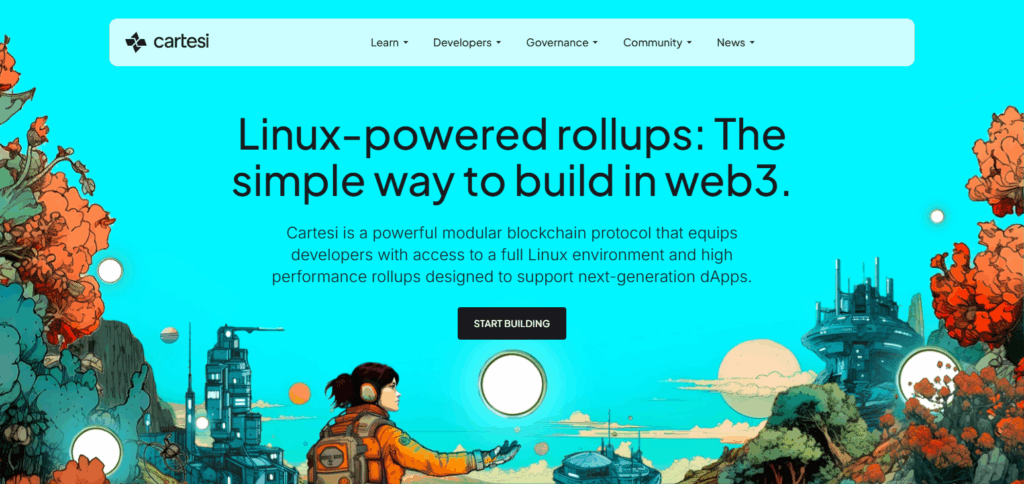
Governance, staking, and gas costs move on the CTSI token, which trades around $0.08313 today. The friendly toolkit may speed Web3 adoption, yet the coin sits in a bearish channel and shows key support at $0.080, so traders should keep eyes open.
Hurdles between $0.10 and $0.14 mark a possible comeback zone. With its off-chain engine, Cartesi aims to power flexible, massive dApps that feel more like regular software and less like experiments.
Cartesi
- Linux-based dApps: Code in Python or C rather than learning new tech.
- Off-chain computation: Heavy workloads run outside the chain, slashing fees.
- Cartesi Rollups: Proofs that confirm results without bloating Layer 1.
- Broad dApp use cases: Fits games, DeFi, AI models, and custom tools.
9. Orbs
Orbs is a Layer-3 public chain that fine-tunes smart contract work so it runs faster and cheaper. Built on proof-of-stake, holders can stake ORBS tokens on both Ethereum and Polygon. Some analysts expect the price to climb to $0.16 by 2030.
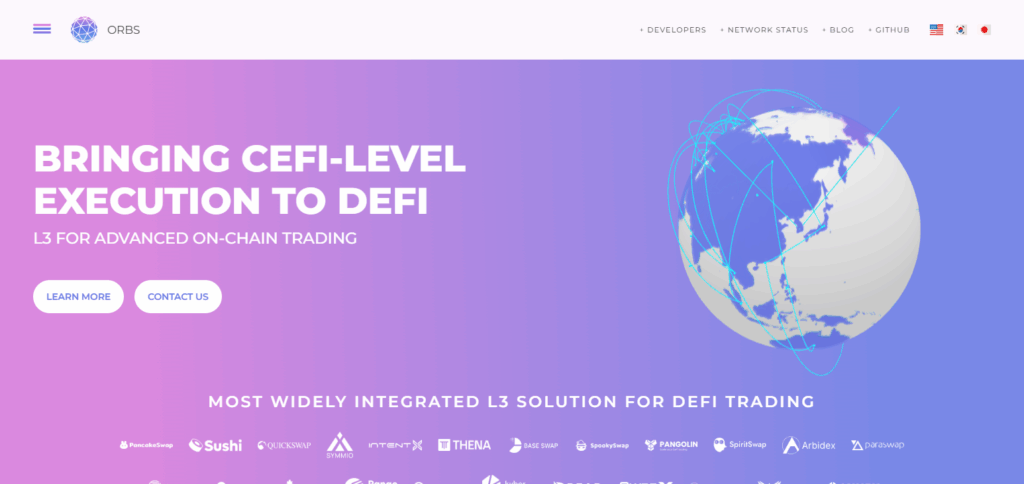
Its multi-chain PoS pulls liquidity from several chains, powering DeFi apps and decentralized futures trading. At $0.13 and a $112.5 million market cap, ORBS shows steady, low-volatility growth.
Friendly APIs and instant finality suit traders who hate waiting, yet rivals like Arbitrum and Optimism push hard for market share. Low fees and high output keep Orbs in the conversation for fast, scalable Web3 projects.
Orbs
- Layer 3 execution: Add custom servers without touching the base chain.
- Decentralized backend services: Triggered by events, not fixed-code servers.
- Cross-chain compatibility: Plays well with Ethereum, BNB Chain, Polygon, and more.
- Smart contract enhancement: Speeds and scales dApps so users stay engaged.
Conclusion
Layer 3 projects are taking blockchain speed, ease of use, and real-world adoption to the next level. Gaming hubs such as Banger and Xai Games, along with metaverse spaces like VulcanVerse and Affyn, all prove what cheap, quick pipes can do.
Whether they boost smart contracts (see Flare and Orbs) or run advanced dApps (think Cartesi), these layers show where decentralized tech is headed.









